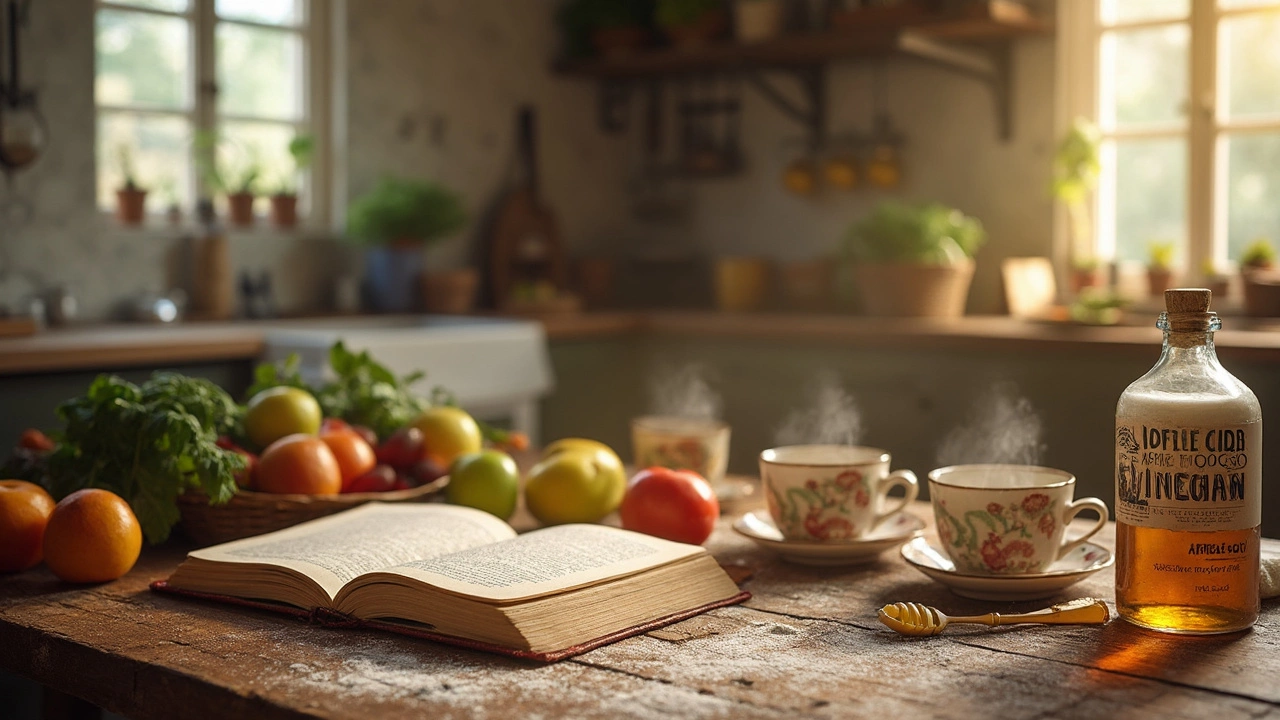Gluten Intolerance – Simple Guides, Recipes & Safe Choices
If you’ve been told you can’t eat gluten, you probably wonder what you can actually put on your plate. Gluten intolerance includes celiac disease, non‑celiac gluten sensitivity and wheat allergy. All three require you to avoid the protein gluten, which lives in wheat, barley, rye and all foods that use those grains.
Skipping gluten doesn’t mean you have to eat boring rice cakes forever. Modern kitchens are full of naturally gluten‑free ingredients – fruits, veggies, meat, fish, beans, nuts, seeds and most dairy. The trick is learning where gluten hides, how to read labels fast, and which recipes are already safe.
What gluten intolerance really means
When gluten triggers your immune system, it can damage the lining of your gut or cause nasty symptoms like bloating, fatigue, and joint pain. The damage is real, so even a tiny crumb of wheat can set off a reaction. That’s why people with celiac need a strict, zero‑gluten diet, while those with non‑celiac sensitivity might tolerate trace amounts.
Because the body reacts differently to each person, the best approach is to keep a food diary. Write down what you eat, how you feel, and any symptoms. Over a few weeks you’ll spot patterns that help you avoid problem foods before they cause trouble.
Everyday gluten‑free foods and hidden sources
Here are the basics you can count on:
- Whole fruits and vegetables – fresh, frozen or canned without added sauces.
- Proteins – fresh meat, poultry, fish, eggs, tofu, beans and lentils.
- Grains – rice, quinoa, millet, buckwheat, amaranth, sorghum and certified gluten‑free oats.
- Dairy – milk, cheese, yogurt (check flavored varieties for thickeners).
- Fats – olive oil, butter, avocado, nuts and seeds.
What trips people up are “processed” foods that look safe but contain hidden gluten. Soy sauce, marinades, salad dressings, bouillon cubes, and even some spice blends often use wheat‑based thickeners. Always scan the ingredient list for words like “ malt”, “triticale”, “hydrolyzed wheat protein”, or “modified food starch”. If a label says “gluten‑free” you’re good to go.
One post on our site, “Alcohol That’s Always Gluten‑Free: Safe Drinks and Surprising Facts”, breaks down spirits, wines and beers that won’t upset your gut. The short answer: distilled spirits (vodka, gin, tequila, whiskey) are gluten‑free because the distillation process removes the protein. Most wines and ciders are safe too, but check for added flavorings.
For meal ideas, try our “Oatmeal Power Bowl” (just swap regular oats for certified gluten‑free oats) or the “Tomato Sauce Alternatives” article for pasta lovers who need to skip wheat‑based sauces. Both recipes keep the flavor high while staying 100 % gluten‑free.
When you’re shopping, stick to the “gluten‑free” aisle first. Then, move to the fresh produce and protein sections. This saves time and cuts down on accidental gluten exposure. If you’re eating out, ask the staff to confirm that the kitchen can separate gluten‑free dishes from those that use wheat.
Finally, don’t forget to enjoy your food. Gluten intolerance can feel limiting, but with a handful of trusted ingredients and a few smart habits, you’ll discover new flavors every day. Keep experimenting, read labels like a pro, and lean on reliable resources – like the posts above – to stay confident in the kitchen.
What Is a Gluten Belly? Symptoms, Causes, and How to Fix It
Gluten belly is bloating and discomfort caused by gluten sensitivity. Learn how to spot it, what foods trigger it, and how to feel better by going gluten-free-with real tips and simple swaps.
Worst Foods for Gluten Intolerance: What You Really Need to Avoid
Wondering what foods to avoid with gluten intolerance? This article breaks down the biggest offenders and some surprising sources of gluten that catch people off guard. From everyday breads to sneaky soups and snacks, you'll get real-life tips to navigate the grocery store and restaurant menus with confidence. We even cover common mistakes and good swaps. Take the stress out of eating gluten free—know exactly what to look for and what to leave off your plate.
Does Apple Cider Vinegar Help with Gluten Intolerance?
Apple cider vinegar (ACV) has become a popular household item, often praised for its health benefits. Many wonder if it can aid those with gluten intolerance or sensitivity, by easing digestion or reducing symptoms. While ACV won't allow you to consume gluten without issue, it might help with overall gut health. This article dives into how ACV interacts with gluten intolerance, tips for incorporating it into your diet, and gluten-free recipes to try at home.


